Are you a fan of Impressionism planning a trip to Paris? If so, this is the perfect 3 days in Paris itinerary for Impressionism lovers.
Paris is known as the most romantic city in the world. Yet where it really shines is its artistic heritage.
Paris is an absolute epicenter of Impressionism. The city has hundreds of the misty and exquisitely modulated masterpieces.
If you’re not acquainted with Impressionism, Paris is the best place to fall in love with the art movement. Paris’ Impressionist paintings stand out like national monuments, marking the birth and triumph of the groundbreaking movement.
This 3 day Paris itinerary covers the Impressionist Trail in Paris. You’ll visit the museums and walk through the exact places where the Impressionists worked, lived, and painted.
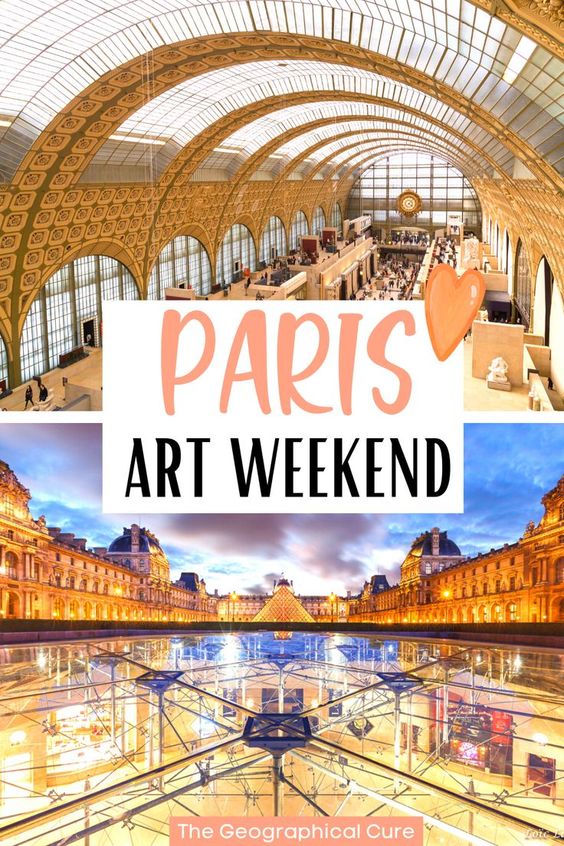
Impressionism may have been “born” in Normandy. But Paris was the intellectual epicenter of the genre. It was in Paris that the Impressionists held their controversial exhibitions.
READ: The Impressionism Trail in Normandy
Just as importantly, Paris was the home of art dealer Paul Durand-Ruel. He was instrumental in the movement’s success, the dealer who liked Impressionism before it was cool.
Durand-Ruel was quite the shopper, purchasing over 5,000 Impressionist paintings. Monet claimed that the Impressionists “would have died of hunger without Durand-Ruel.”
What Is Impressionism?
Here’s a quick overview of the Impressionist movement.
Impressionism was once controversial, a renegade late 19th century art movement. The Impressionists stopped exhibiting at the government-sanctioned Salon and began organizing their own independent exhibitions.
Unlike prior artists, this band of outsiders rebelled against the rigid rules of the hierarchic and tyrannical art establishment. Those rules required that paintings have clear cut finished appearances and depict idealized themes from history, literature, or mythology.
In the face of intense criticism, the Impressionists forged their own path and redefined how to paint. Instead of painting what they knew, the artists painted what they saw and felt.
The Impressionists aimed to capture the ephemeral, sensory effect of a leisurely scene — the impression — objects made on the eye in a fleeting instant. The Impressionists used fast and loose brushwork, a lighter palette, and tried to capture the effects of light. They painted outside in “plein air” instead of inside.
Impressionism made its debut at what was derogatorily dubbed the “Exhibition of the Impressionists” in 1874. Monet’s painting, Impression, Sunrise, shocked the public.
One sneering critical ridiculed that painting as nothing but an “impression,” worse than wallpaper. But the insult was adopted and baptized the movement. Despite intense criticism, the Impressionists held eight exhibition from 1874 to 1886.
But the savaged eventually became the revered. Impressionist insults were consigned to the dust bin of history as the movement became a global force. Today, Impressionism is one of the world’s favorite genres, a crowd pleasing blockbuster — with long lines for museums and exhibitions.
3 Days in Paris Impressionism Itinerary
Here’s how to spend three days in Paris admiring the art works and milieu of the Impressionist painters.
Day 1 Morning: Montmartre
Steeped in history and immortalized in art, Montmartre is one of Paris’ most beautiful districts. It’s most famous era was the Belle Epoque.
Back then, Montmartre was a bohemian neighborhood of impoverished artists and flashy cabarets. Soon enough, the hilltop village became the avant garde art epicenter of European art.
And it wasn’t just painters. Libertine Montmartre attracted absinthe-laden musicians, sculptors, writers, philosophers, and dancers. Their work would remain imprinted on France’s cultural landscape forever.
To follow in the footsteps of the Impressionists, start at the Montmartre Vineyard. The vines have been there since the Impressionists trudged up the hill. At 22 Rue de Saules, you’ll find Lapin Agile. It’s an inn and bar where the Impressionists met and clinked glasses.
The Bateau Lavoir was Montmartre’s creative hub. It housed many desperately poor artists’ studios, including those of Picasso, Matisse, Braque, Gris, and Modigliani.
Musee Montmartre
To understand the history of Montmartre’s art enclave, you need to head to the local museum, the Musee Montmartre, on Rue Corot.
Musee Montmartre is housed in an atmospheric 17th century manor house, Maison Bel Air. It’s the oldest house in Montmartre.
The museum has a beautiful inner garden, with the famous swing from Renoir’s 1876 painting. The Swing is a companion piece to Renoir’s Moulin de la Galette, also in the Musée d’Orsay.
Founded in 1960, the museum chronicles the raucous, bohemian history of late 19th century Montmartre. It captures a celebrated time when artists like Pissarro, Picasso, Toulouse-Lautrec, Van Dongen, Utrillo, and Modigliani lived in Montmartre, and paved the way for modern art.
Impressionists like Renoir, Valadon, Bernard, Dufy, and Utrillo lived in the museum itself.
Eric Satie the composer also lived there, and there’s a room dedicated to him. On the second floor, you’ll find an exact replica of the studio of Valadon and her son Utrillo.
While you’re there, pop into Moulin Rouge. The Post-Impressionist painter Henri Toulouse-Lautrec frequented this boozy haunt every night. He enshrined the buzzing place and its colorful denizens in many art works.
READ: Guide to the Toulouse-Lautrec Museum in Albi
After the museum, head to Montmartre Cemetery. This is where you’ll find the graves of the Impressionist painters Edgar Degas, Paul Signac, Maurice Utrillo, and Eva Gonzalez. You can also pay homage to artistic luminaries such as Gustave Moreau, Emile Zola, and Dalida.
Day 1 Afternoon
In the afternoon, head to the fabulous Musee d’Orsay. You’ll need to pre-book a skip the line ticket to visit.
The Musée d’Orsay is the jackpot of Impressionist art. The museum has the world’s largest collection of Impressionist and Post-Impressionist art, including many works by the movements’ most revered figures — Renoir, Monet, Degas, Pissarro, Sisley, etc.
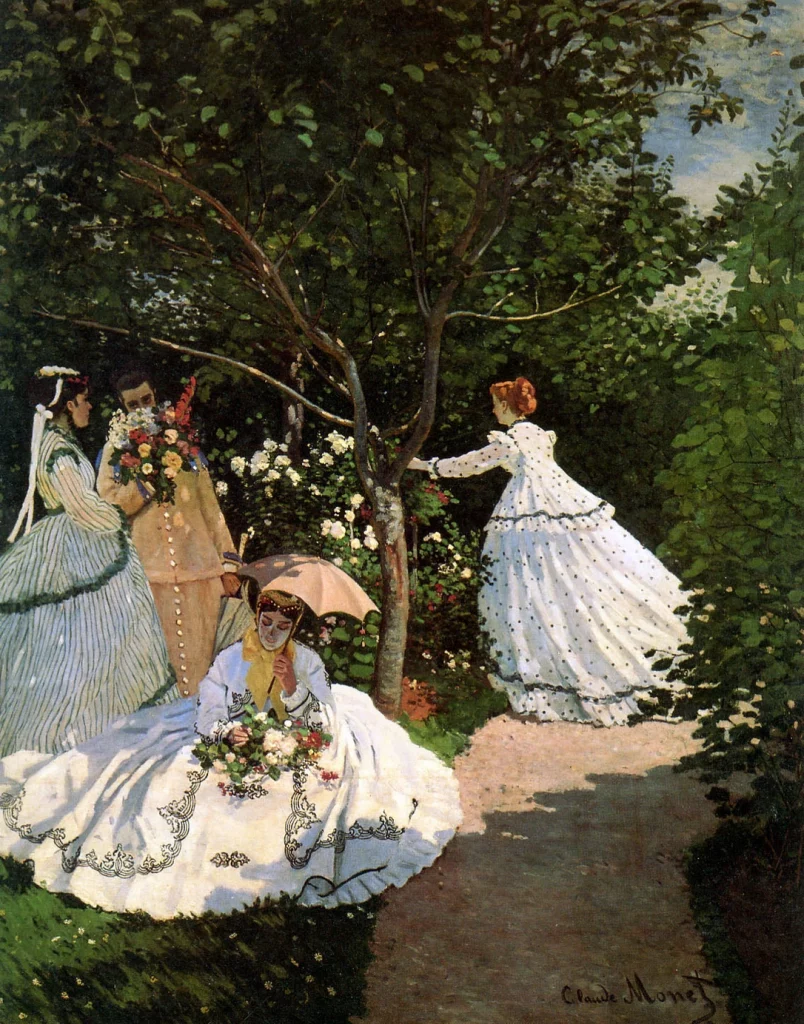
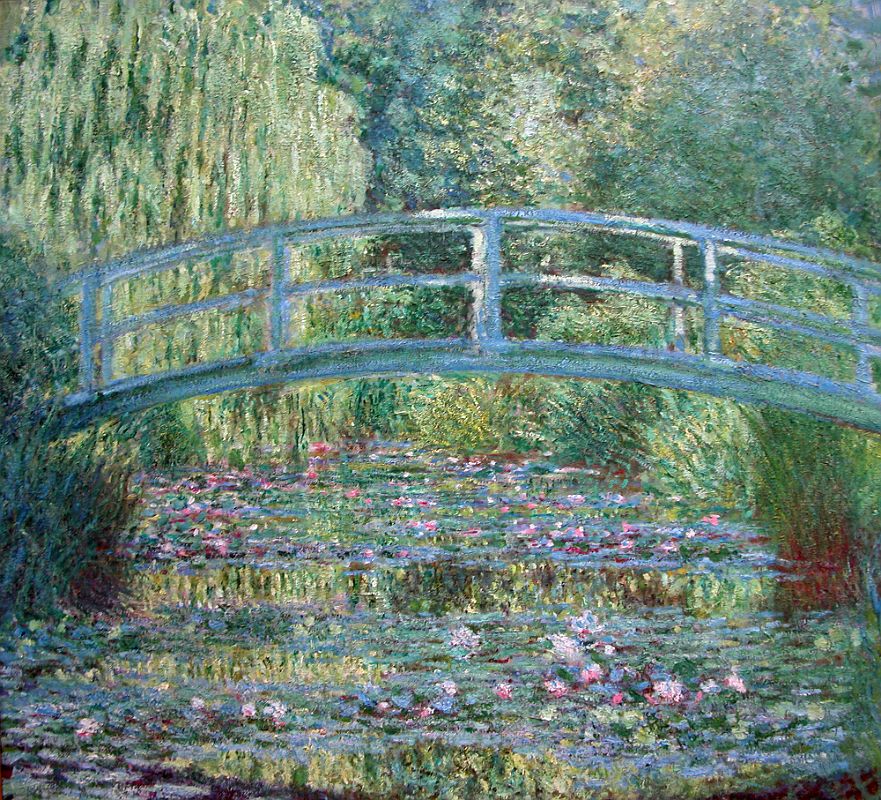
Monet, Bridge at Giverny
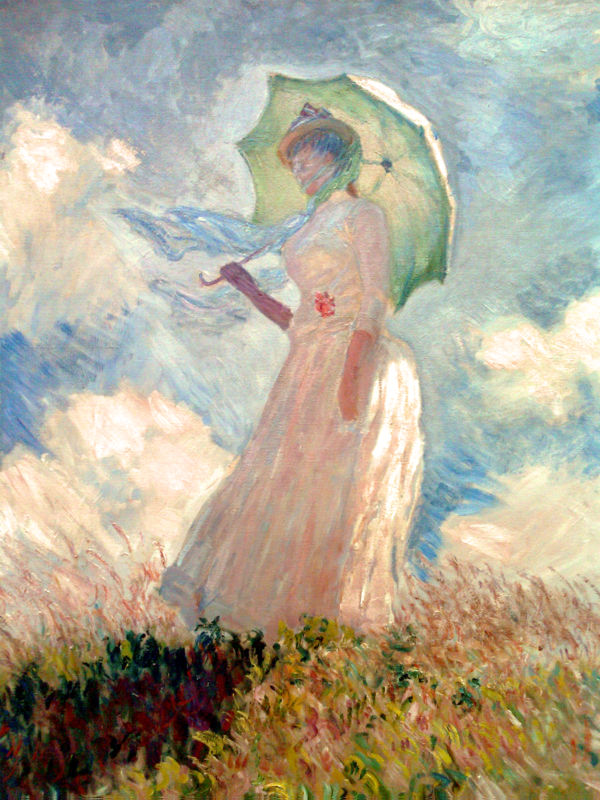
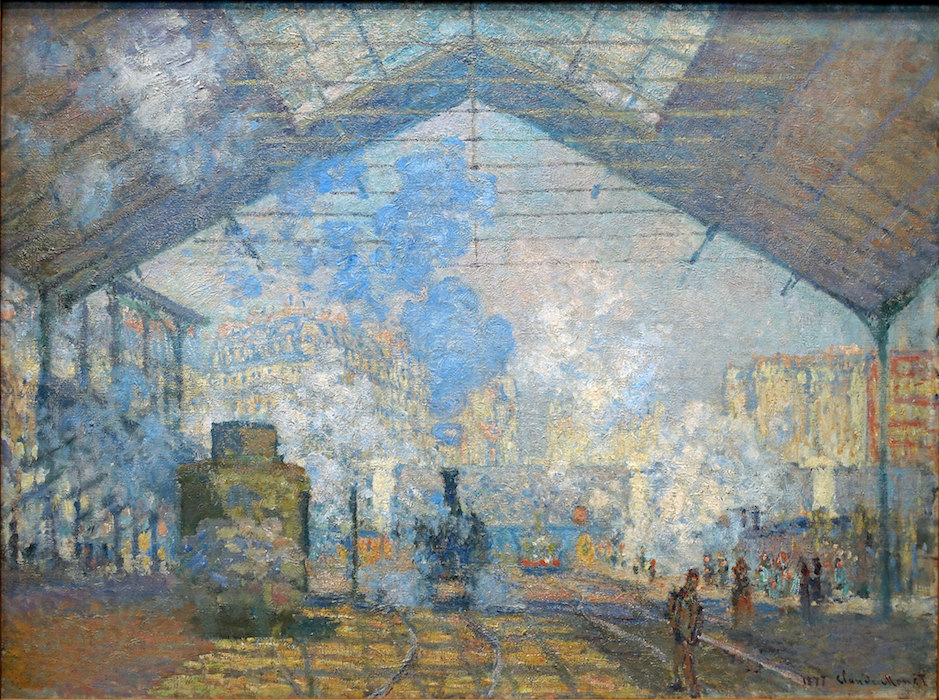
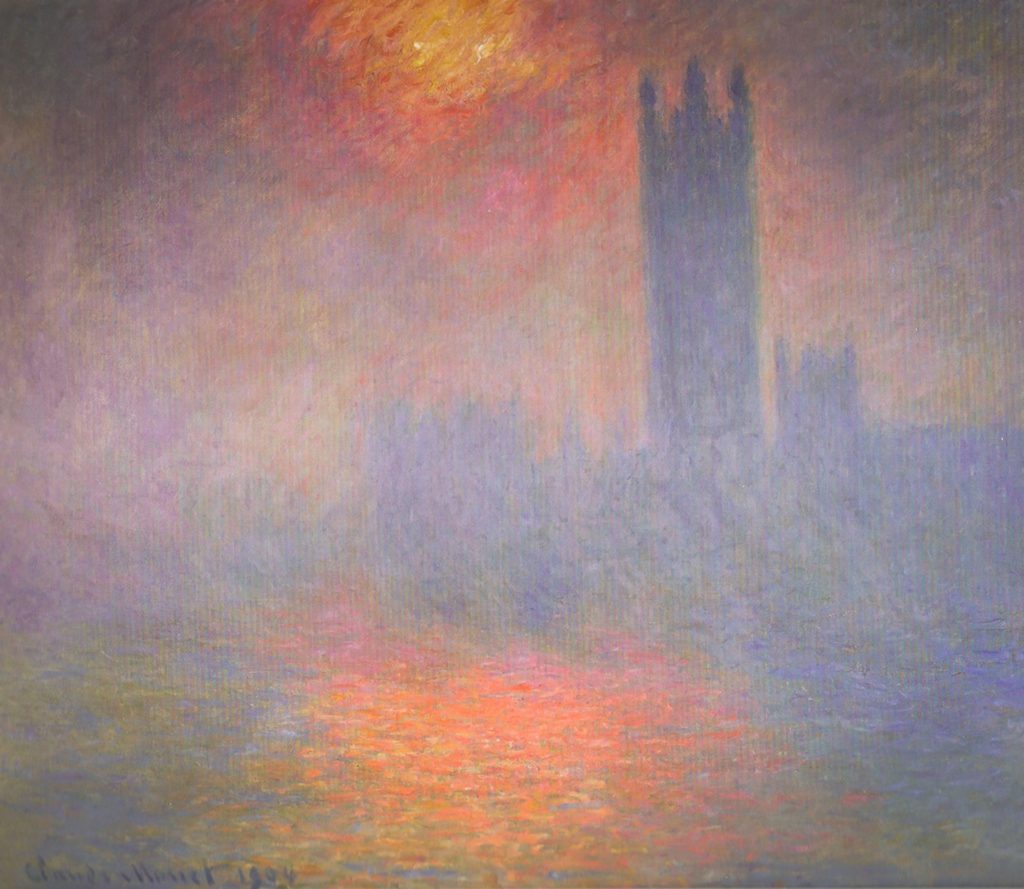
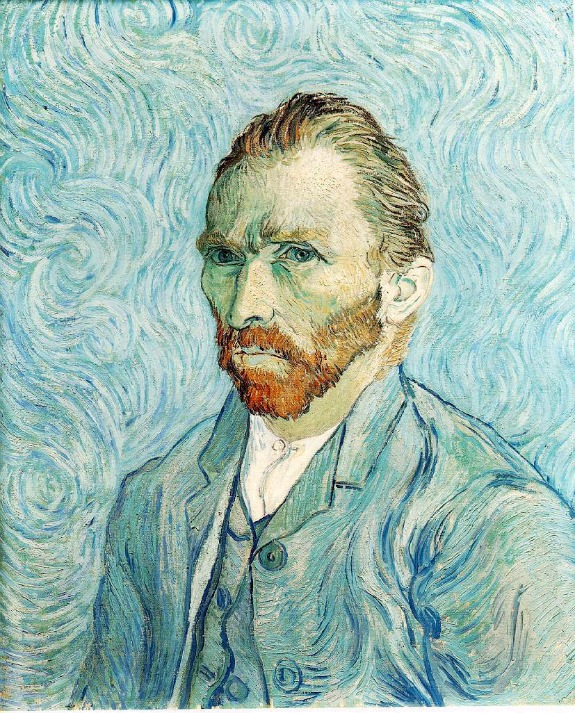
The museum is just chock full of groundbreaking masterpieces — Manet’s Luncheon on the Grass and Olympia, Van Gogh’s Bedroom and Self Portrait, Degas’ Ballerina, Cezanne’s The Card Players, and Renoir’s La Moulin de la Galette. It has works from all of Monet’s important series — the haystacks, poplars, Houses of Parliament, and Rouen Cathedral.
Click here for my comprehensive guide to 25 must see masterpieces of the Musee d’Orsay.
When you’re done admiring the art at the Orsay, take a stroll in the sculpture-filled Tuileries Gardens. See The Kiss sculpture by Auguste Rodin and Le Bel Costume by Jean Dubuffet.
The lovely gardens were another favorite subject of the Impressionists. The most famous painting of the Tuileries is Edouard Manet’s Music in the Tuileries Gardens.
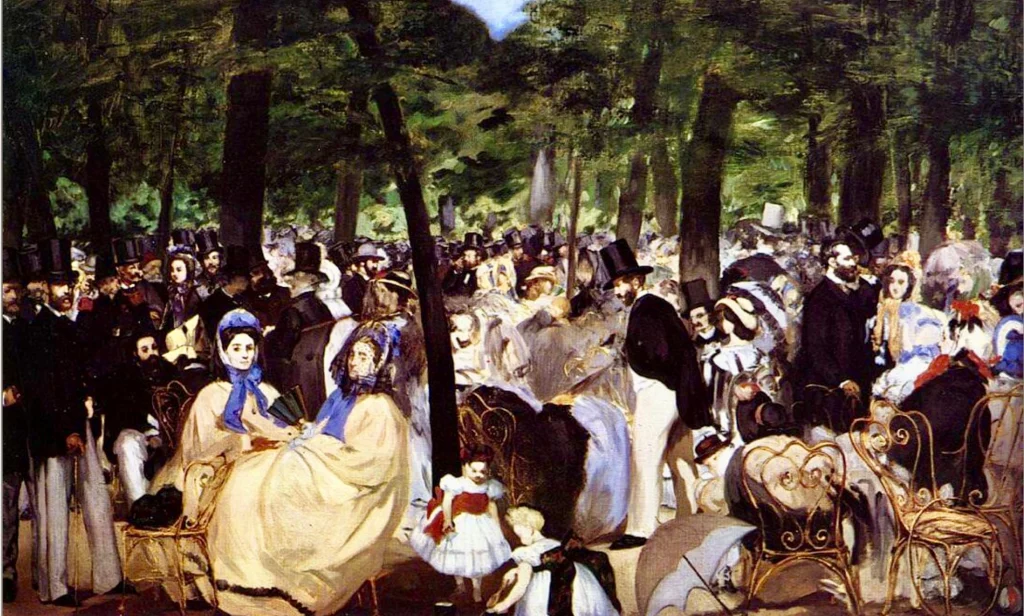
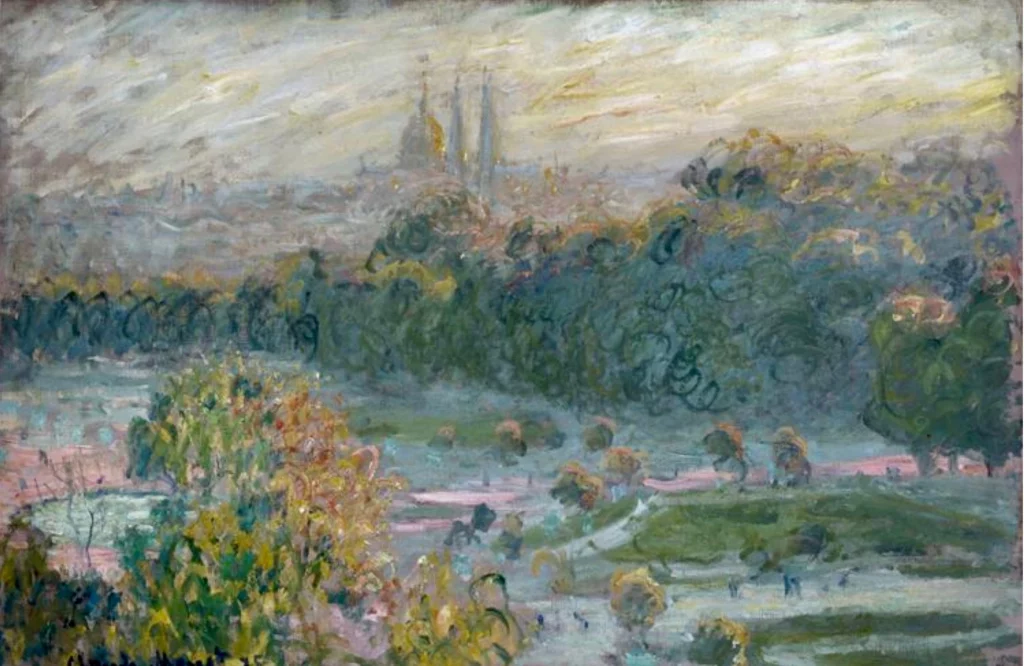
Day 1 Evening: Seine River
The Seine River dominates Paris’ landscape. The river’s eight mile arc is a designated UNESCO site.
Not surprisingly, the Impressionists adored the Seine. Setting up their easels along the banks, they captured its rippling flow and colors time and time again.
It’s the perfect place for an evening stroll, with the surrounding buildings lit up. If you want a long stroll, start on the opposite side of the river from the twinkling Eiffel Tower. Then make your way past the Louvre, the Conciergerie, and Notre Dame.
Have a cocktail or a pitcher of chardonnay at Peniche Marcounet. It’s a docked centuries old barge along the quay overlooking Île Saint-Louis. For dinner, you could reserve at Le Vent d’Armor. It’s a hideaway along the Seine specializing in seafood.
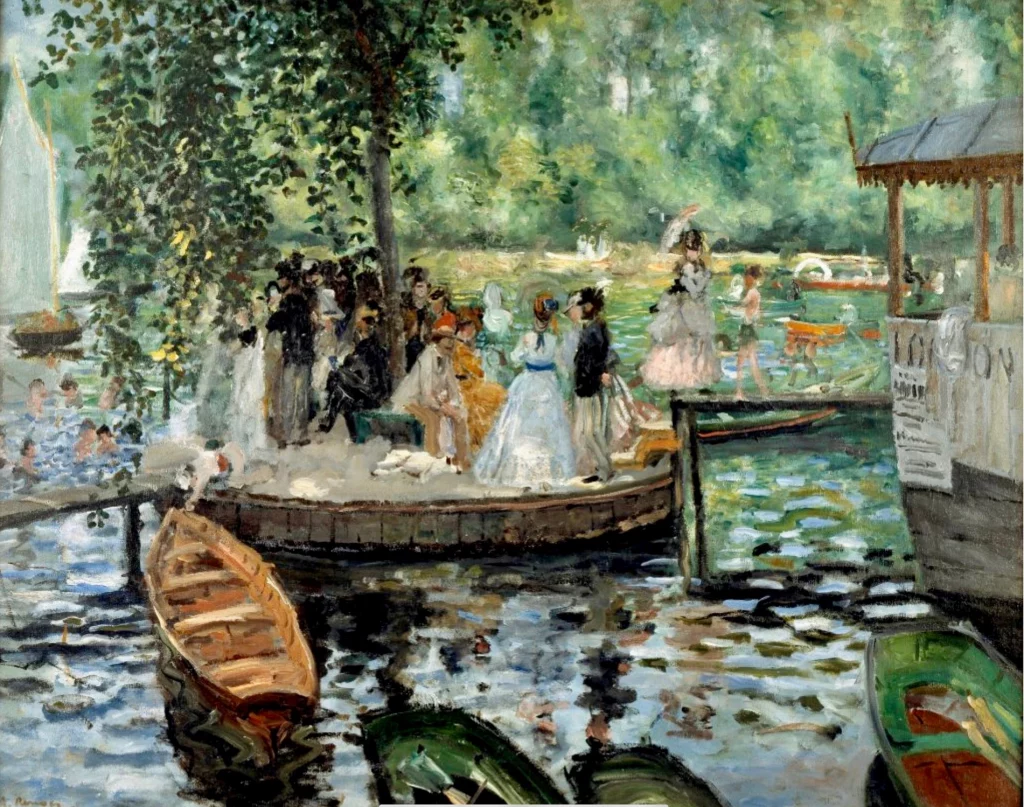
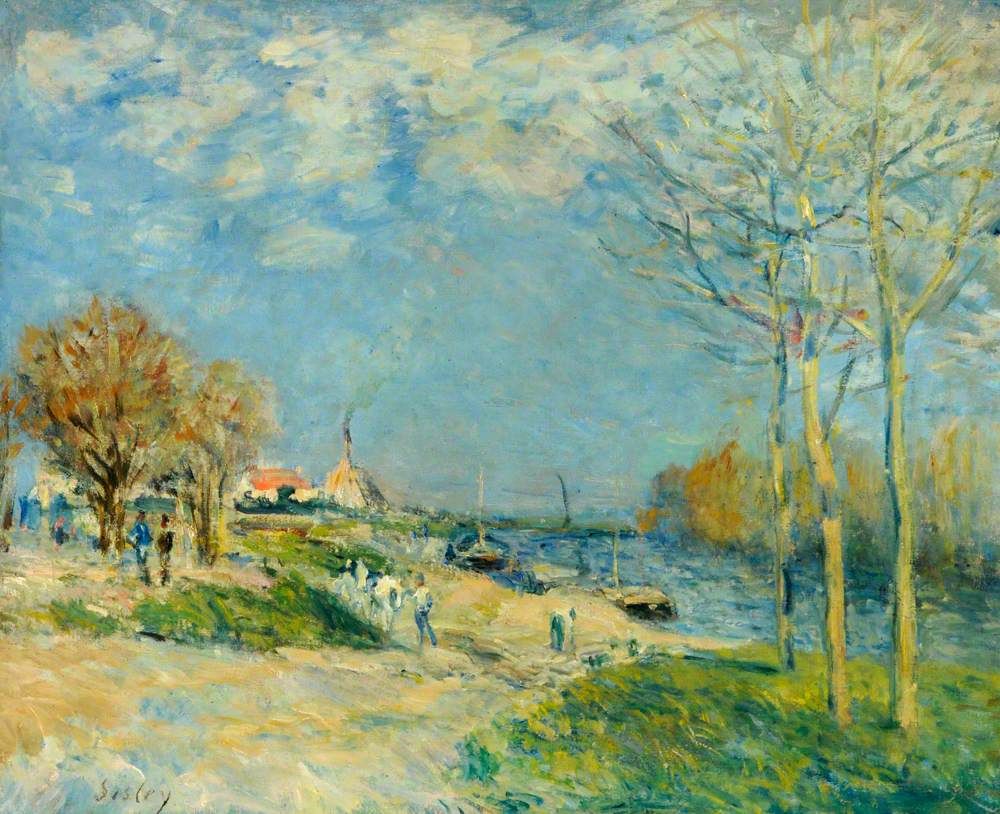
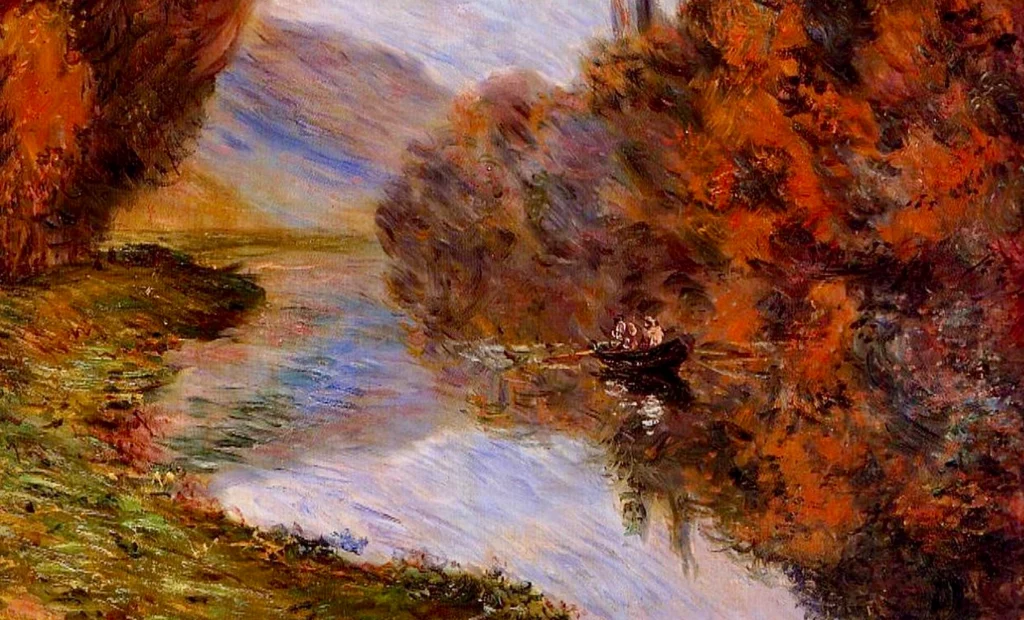
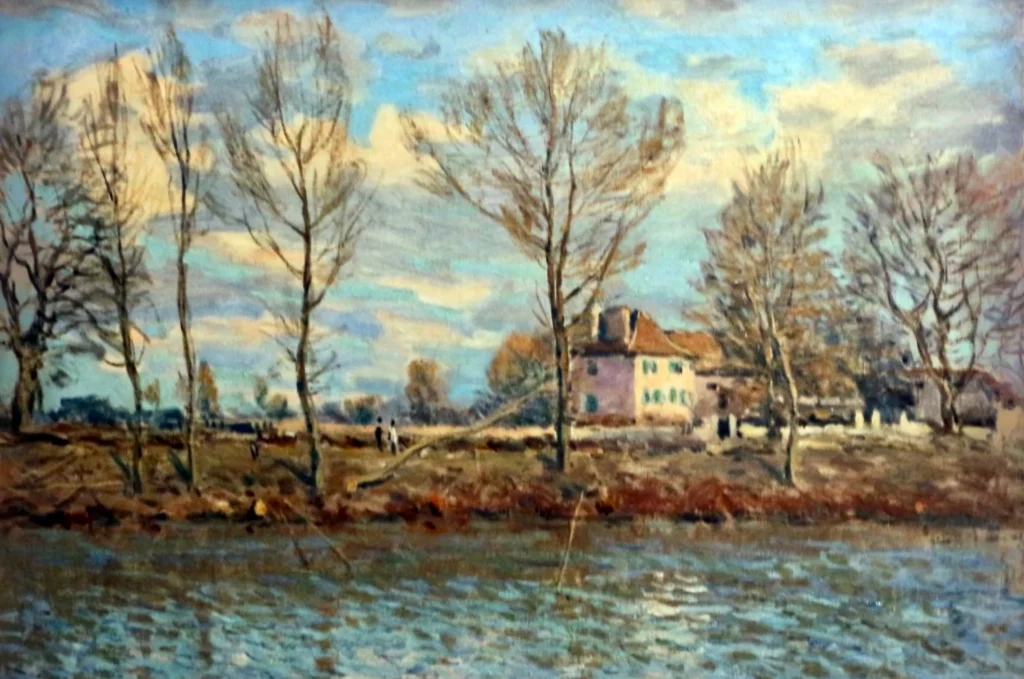
If your legs are tired, take a Seine River Cruise. There are several options available, including an Illuminations cruise or a dinner cruise.
Day 2 Morning: Musee Marmottan Monet
You first stop on day 2 of your 3 days in Paris is the Musee Marmottan Monet. it’s a small jewel of a museum, tucked away in Paris’ sleepy, posh 16th arrondissement. The museum was the recipient of generous bequests from the Monet family.
Hence, it has the world’s largest collection of Monet paintings. Because of its rather far flung location, the Marmottan is a hidden gem in Paris that’s delightfully devoid of tourist throngs.
But it’s a must visit on the Impressionism trail. Click here to book your skip the line ticket. You may also want to book a 2 hour private museum tour.
The Musée Marmottan Monet was once home to art critic and collector Paul Marmottan, who bequeathed his collection of Napoleonic art objects. The museum is gorgeous. The first floor is decorated with gold accents, chandeliers, and Anthony Canova sculptures.
The lower floor, the highlight, has a specially built basement gallery. It houses an exceptional overview of Monet’s paintings — over 300 pieces, from his early caricatures to his late works at Giverny. The museum also has paintings by fellow Impressionists Renoir, Degas, Gaugin, Manet, and Morisot.
Monet’s water lilies are the star of the show. They’re massive, especially compared to the usual postage size Impressionist painting. And they sparkle with pure vivid color. I found them mesmerizing.
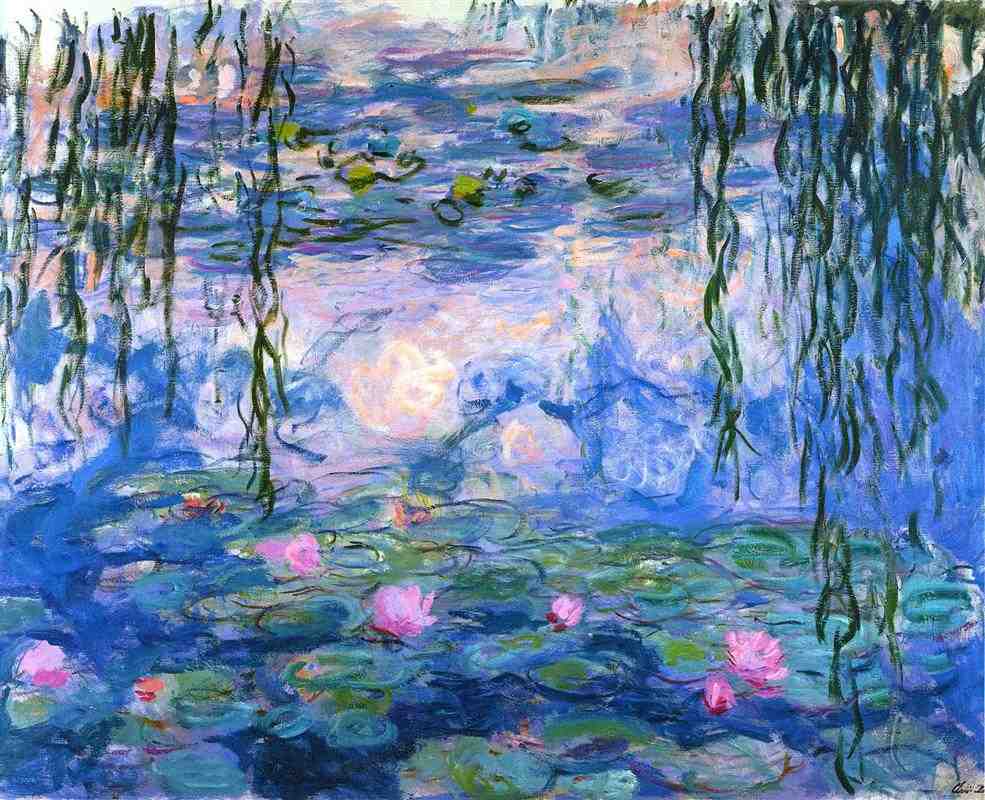
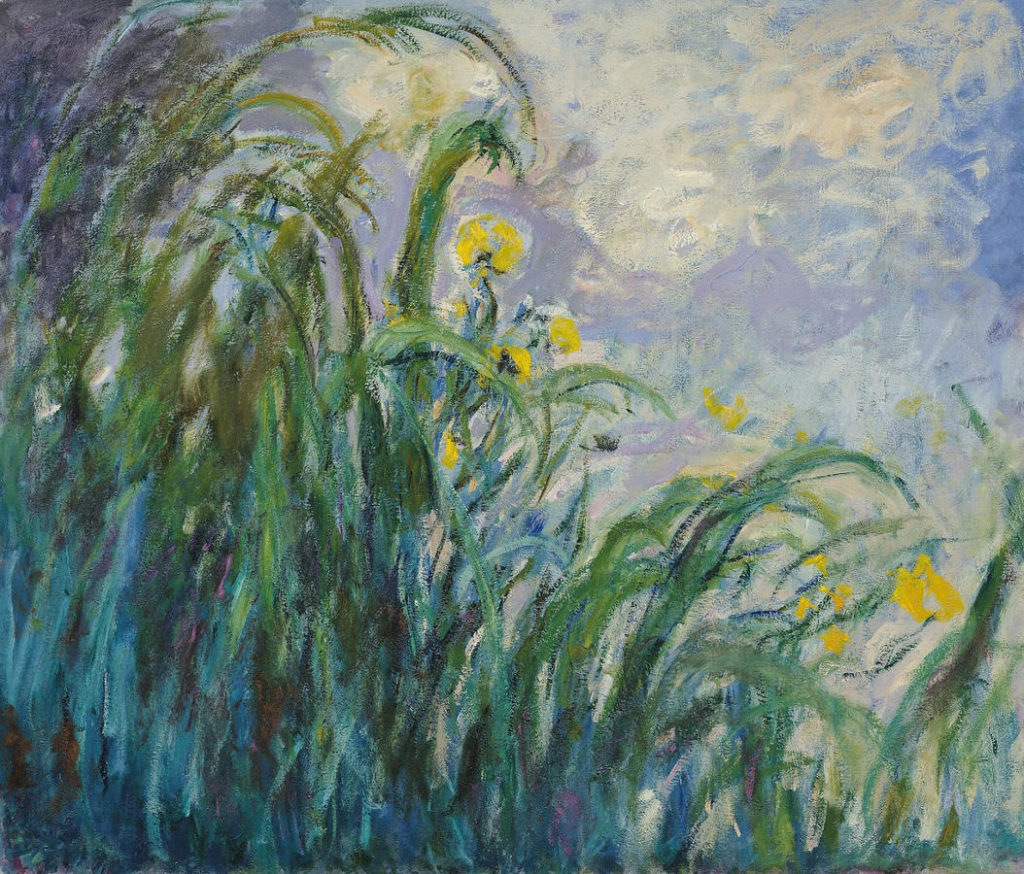
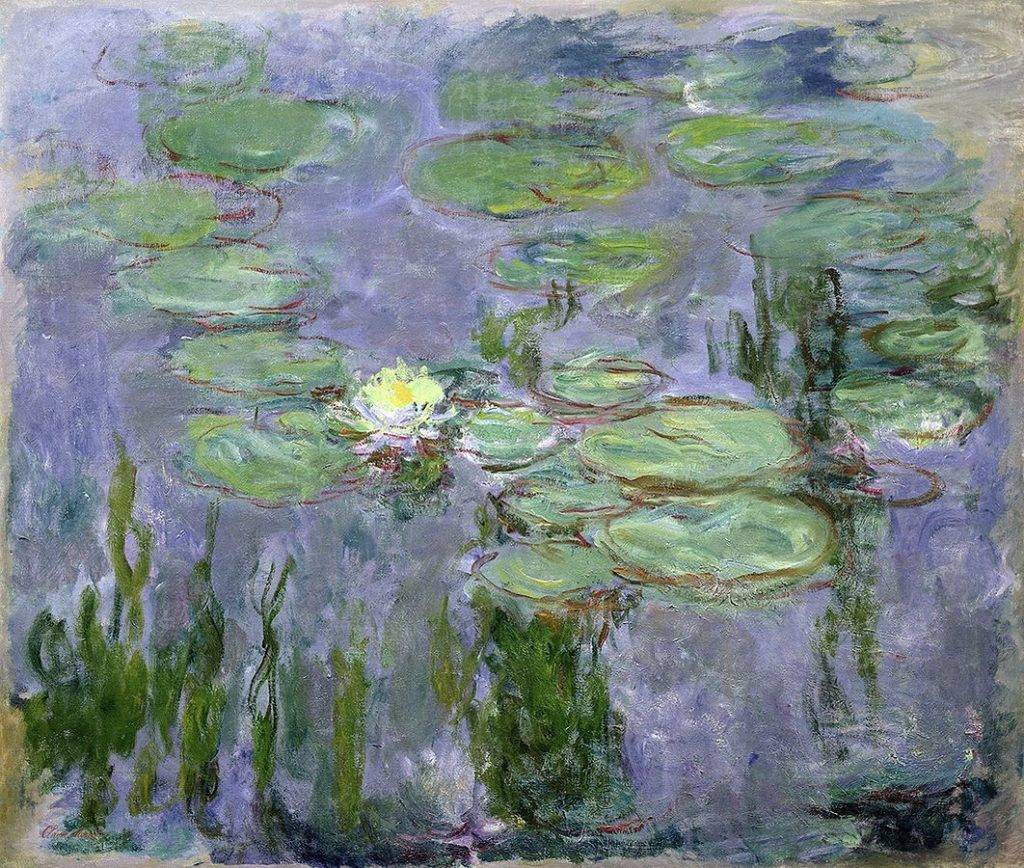
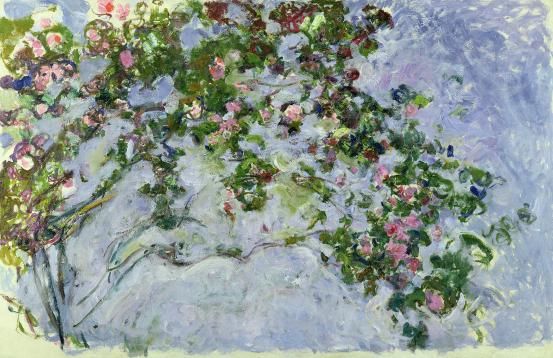
The museum also has Monet’s famous painting, Impression, Sunrise. The painting is significant because it gave birth to the name of the art movement.
When you’re done at the Marmottan, take a stroll in the nearby Passy Cemetery to clear museum fatigue. It’s a 20 minute walk from the museum.
It’s the final resting place of two artists you’ve just seen at the museum — Edgar Degas and Berthe Morisot.
Day 2 Afternoon: Ile de Chatou
Now, it’s time for a half day trip to the Ile de Chatou, called the “Island of the Impressionists.” It’s a tiny island on the Seine that was a hangout place and favorite haunt of the Impressionists. Chatou has been called the “prettiest place on the outskirts of Paris.”
In Chatou, you can walk in the footsteps of the Impressionists. The artists would meet in cafes, have leisurely luncheons, and go boating. They’d also set up their easels outside and paint.
On the island, you’ll find a marked Impressionism Trail created by the Musee Fournaise. It’s marked with signs with replicas of paintings by Monet, Pissarro, and Sisley. You’ll see the same views that the Impressionists saw. You can photograph the same scenes that they painted.
The artists would often go to the Maison Fournaise Restaurant. It was immortalized by Renoir in one of his most famous paintings, Luncheon of the Boating Party.
The whole island has been renovated — the restaurant, museum, and boating workshop. Twice a year (March and October) there’s a huge Antique Fair held on the Island.
To get to Chatou Island, take a taxi. Or hop on the RER Line A to Germain-en-Laye. Disembark at Chatou Croissey. From there, it’s a 10 minutes walk. Or, you can take a river boat there on a full day tour.
Day 2 Evening: Eiffel Tower
The Eiffel Tower is a fantastic spot to visit at sunset. And it’s open until 11:45 pm, lit up with a golden raiment of lights. If you want to head up to the summit, you’ll need to pre-book a skip the line ticket to avoid long waits.
The graceful iron giant can also be well-photographed from other cozy areas — the Champs de Mars (with cherry blossoms in springs) and Avenue de Camoiens.
The Impressionists didn’t paint the Eiffel Tower. But the Post-Impressionists did. There’s a beautiful painting by Georges Seurat, in the Neo-Impressionist pointillism technique.
Day 3 Morning: Day Trip To Giverny
No tour of the Impressionism Trail is complete without a visit to Giverny. So on day 3 in Paris, take an early train from Gare Saint-Lazare 50 miles northwest to Giverny.
It’s fitting to leave from this particular station, as it was the subject of a famous series by Monet. You can also book a half day guided day tour or a 5 hour tour with an art historian.
Giverny is home to Monet’s stunning house and gardens. It’s a one-of-a-kind pastoral paradise, born from the great artist’s obsession.
Monet lived half his life in Giverny. You won’t find any original Monet paintings there. Instead, you’ll feel as if you’ve stepped into one of his paintings.
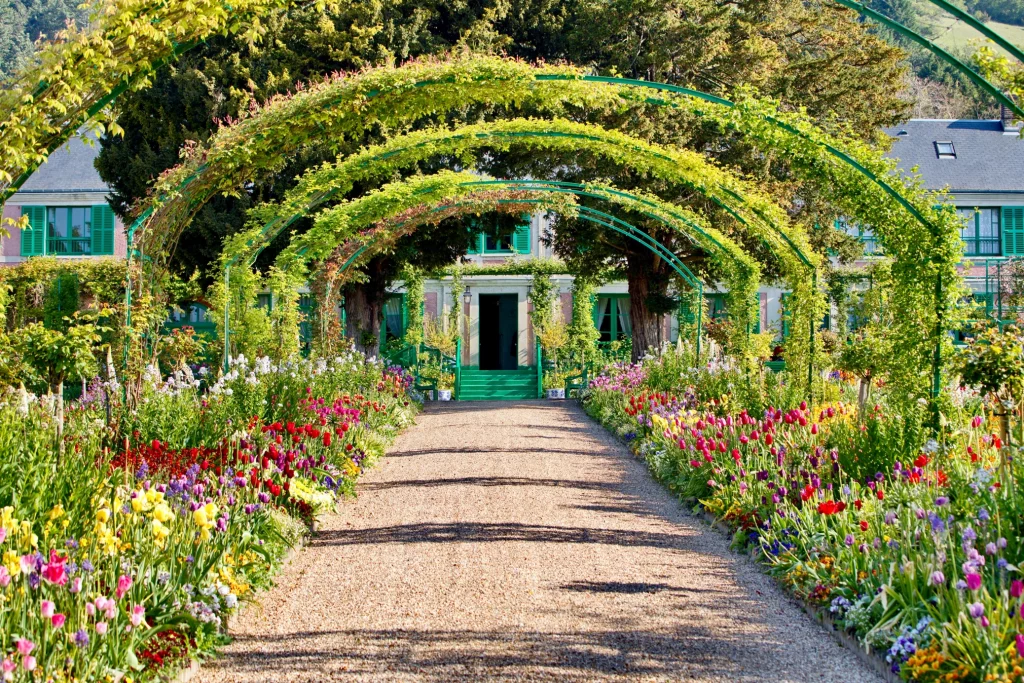
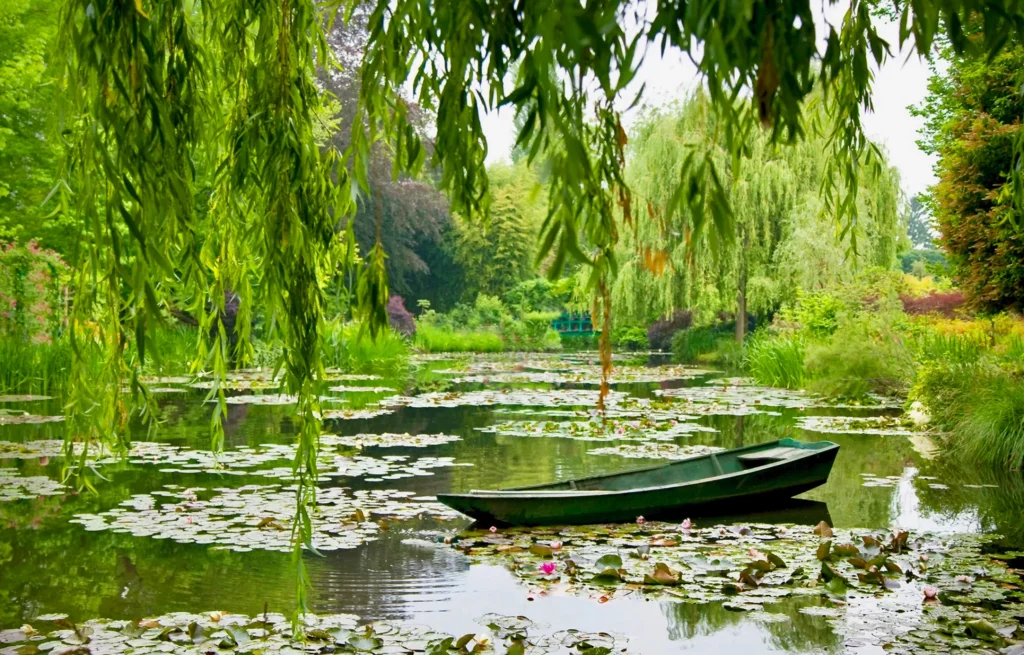
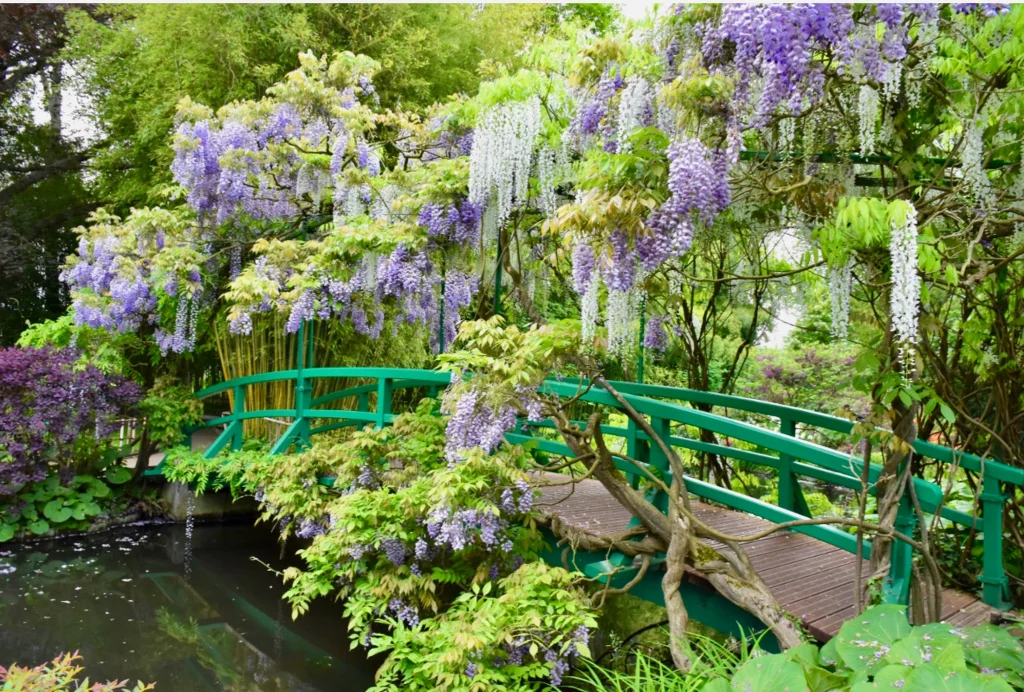
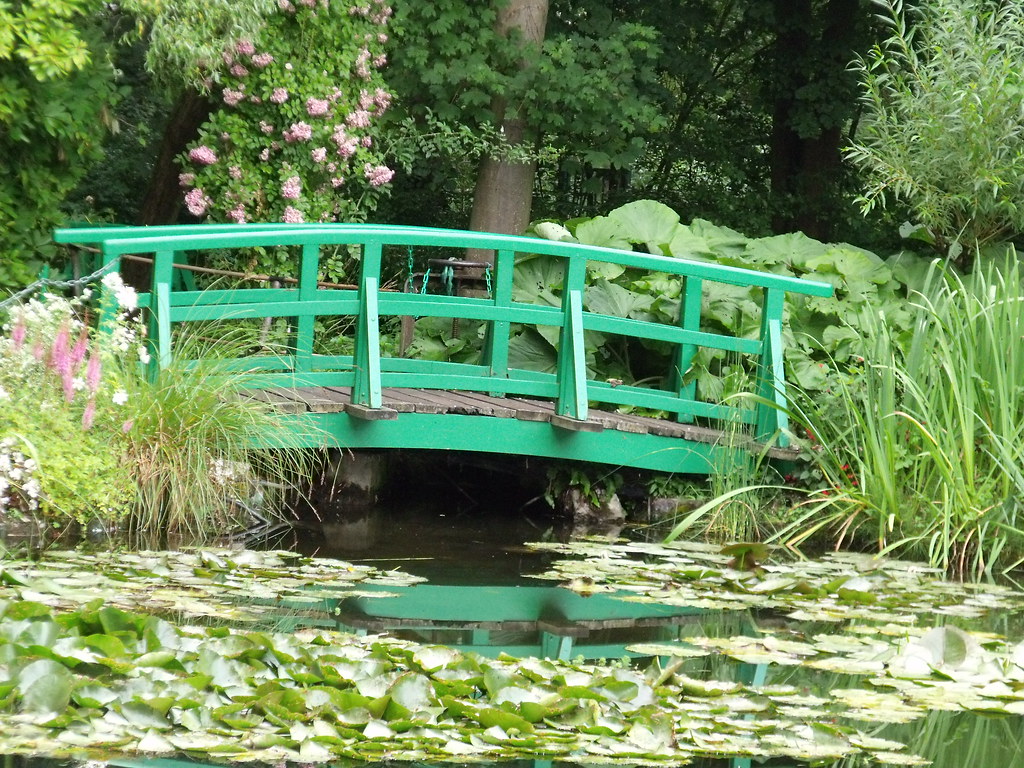
A world of flowers of every color fills your field of view, nodding slightly in the breeze. It looks like a paint factory explosion, or a few flicks of Monet’s paintbrush.
There are two parts to Monet’s labor-of-love gardens — the Clos Normand flower garden and the Water Garden. The Clos Norman is a boldly colored display and expressly Western. The Water garden is organic, Asian, and more exotic.
The two gardens are connected by a tunnel passing under the road. The gardens are immensely popular — a pilgrimage both for Monet fans, Francophiles, and avid gardeners.
Click here for my complete guide to visiting Giverny.
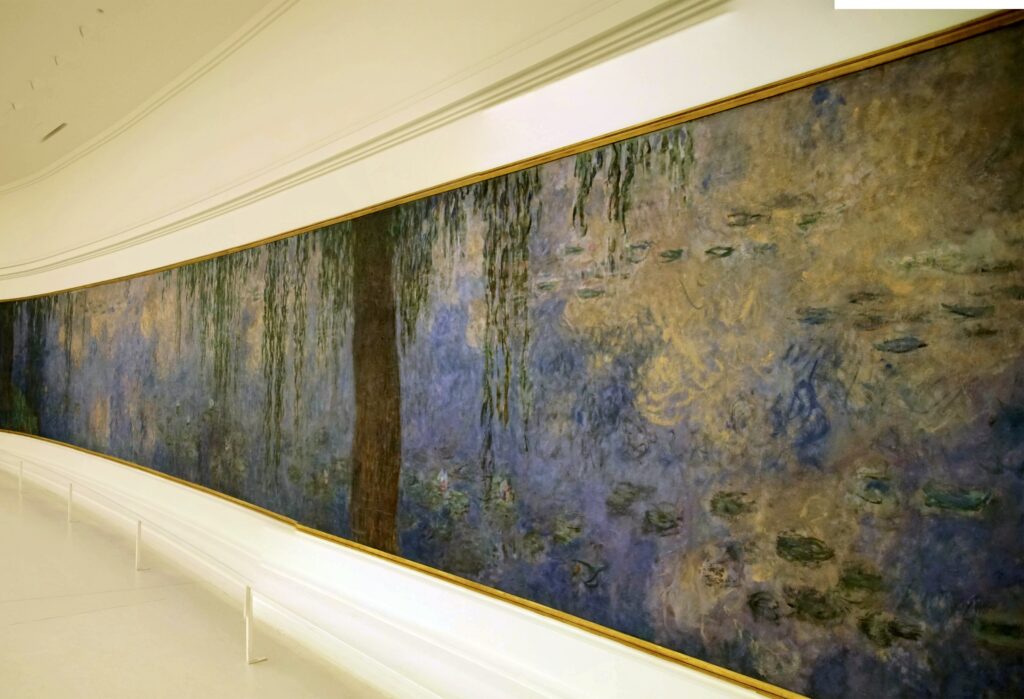
Day 3 Afternoon: Musee de l’Orangerie
Back in Paris, head to the Musée de l’Orangerie, another hotspot for Impressionism. It’s one of the best small museums in Paris. The marquee attraction is Monet’s massive water lily series, his career defining work.
Monet worked on the monumental water lily canvases from 1914-1927. In 1927, the water lily canvases were set in massive curved panels and installed in two adjoining oval shaped rooms lit from above.
The minimalist rooms, with crisp white walls, were built exactly to Monet’s specifications. Monet’s vision was to create a “haven of peaceful meditation,” a place perchance to dream.
Some art historians call the Orangerie Museum’s space the world’s “first art installation” because the rooms were created and designed specifically for Monet’s water lilies. The room has also been dubbed the “Sistine Chapel of Impressionism.”
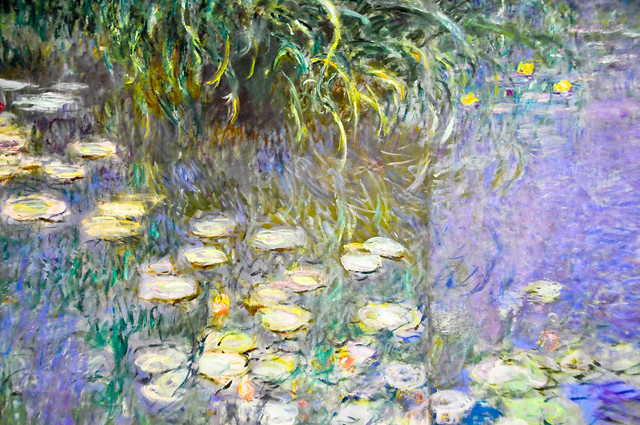
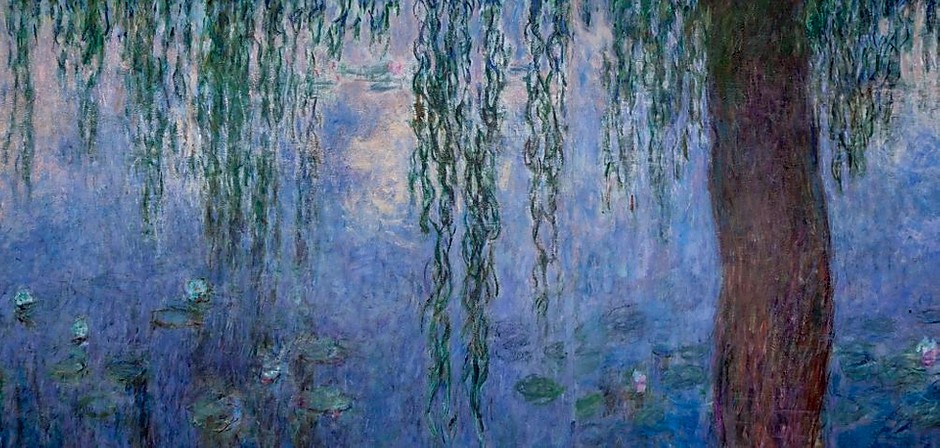
Monet’s water lily installation is conceived so that the four panels in one gallery represent sunrise and the four in the other evoke dusk. The water lilies are ravishing, capturing the beauty of the transitory optical world in intense colors.
The abstract surfaces are built up with layers and layers of paint, almost creating the volume of a sculptural surface. The colors are overlaid, not blurred. This technique would influence the Abstract Expressionists in the mid 20th century.
The rooms are a panorama of light and water. You’ll feel immersed in Monet’s garden at Giverney.
Monet’s fierce oversize brushstrokes show the lily pond surfaces, reflections, depth, and movement, all at once. It’s like a distillation of a summer idyll in an enchanted place.
Day 3 Evening: Late Night Museum Opening
At the end of your 3 day Impressionist tour of Paris, head to one of the Parisian cafes that the Impressionists frequented for a cocktail or dinner — Cafe Flore, Cafe Deux Magots, Cafe Consulat, or La Maison Rose.
In fin de siecle Paris, the urban cafe was the place to be. You can sit where the Impressionists once sat.
After a tipple or bite to eat, head to one of Paris’ many museums that are open at night. Click here for a guide to Paris museums by night. Thursday night is the most popular night for late night viewing.
The Musee Rodin and the Petit Palais each have a Monet painting and are open late one night a week. The Petit Palais also has Renoir’s Portrait of Madame Bonnieres and Paul Cezanne’s Three Bathers.
The Eugene Delacroix Museum on the Left Bank is open late on Thursday. A Romantic era painter, his dramatic canvases influenced the Impressionists.
And that’s a wrap on following the Impressionism Trail in Paris. For more information (tips, where to stay, how to get around, etc.), you can also check out my other Paris travel guides and resources:
- 5 Day Itinerary for Paris
- 3 Day Itinerary for Paris
- 2 Day Itinerary for Paris
- Tips for Planning a Trip to Paris
- Tourist Traps To Avoid In Paris
- Top Attractions in Montmartre
- Top Attractions in the Marais
- Best Museums In Paris
- Hidden Gems in Paris
- Best Churches in Paris
- Best Things To Do in Paris in Winter
- Guide to the Opera District
- Secret day trips from Paris
If you want to spend 3 days on the Impressionism Trail in Paris, pin it for later.
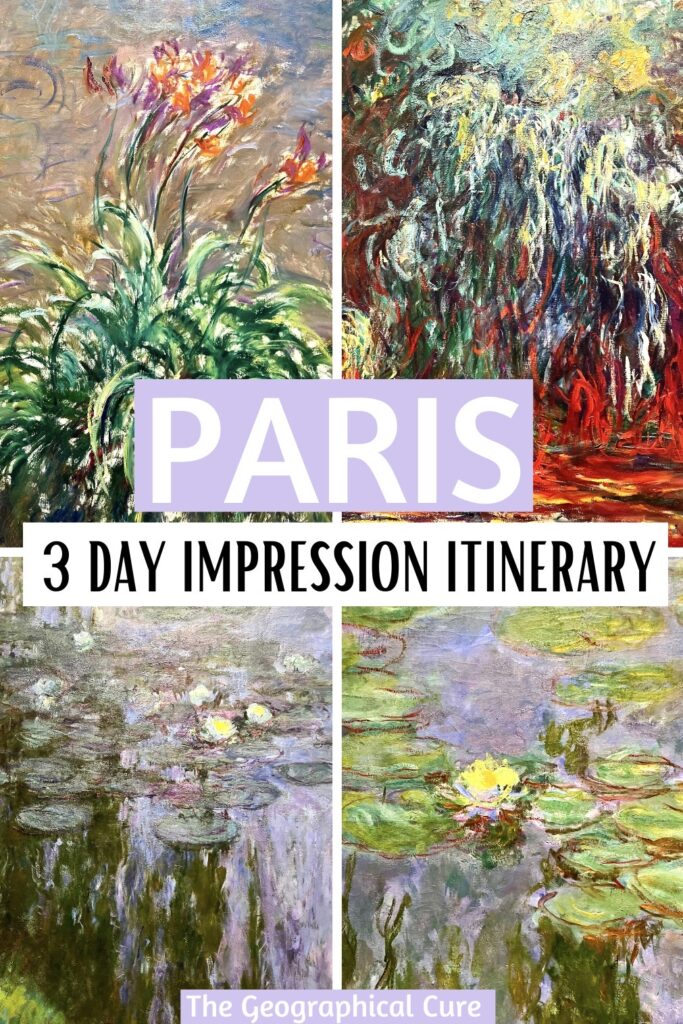

A great piece! Thank you.
I’ll be using your plan for my coming 5 day stay in Paris,
October, 2022.
Thank you! Happy to see people, like me, coming to Paris just for the art! I do have a regular 5 days in Paris itinerary too: https://www.thegeographicalcure.com/post/the-perfect-5-day-paris-itinerary. And articles on Giverny, the Musee d’Orsay, and the Musee Marmottan Monet too.